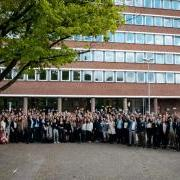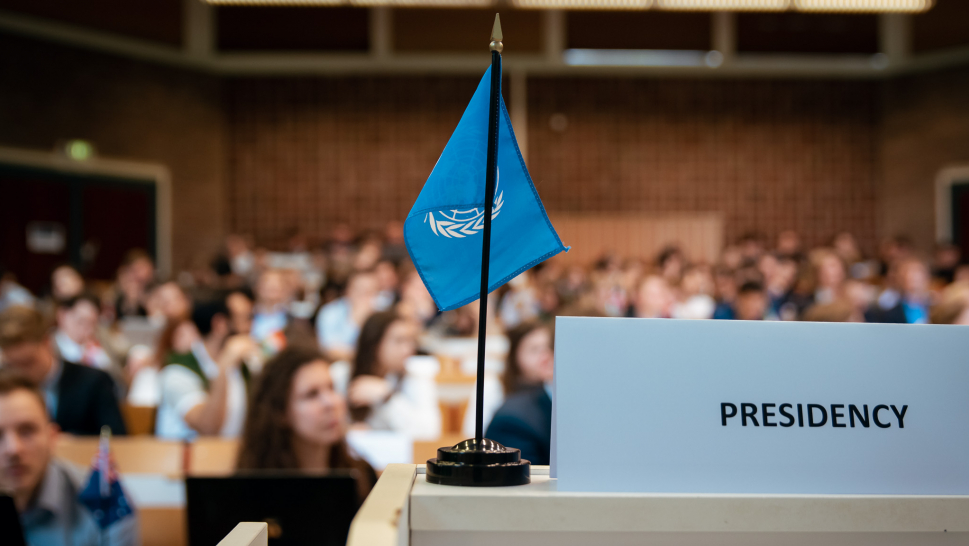Article first appeared on 13 May 2019 at: https://klimaanzeiger.home.blog/
Most importantly, with regard to first three articles covering mitigation, the countries agreed to enhance their ambitions to limit global average temperature increase to 1.5°C above pre-industrial levels, peak global emissions in 2025 and to form three new categories of countries according to the official UN classification: Developed, developing and least developed countries. In addition, the delegates recognize the need of annually contributions to the green climate fund of USD 300 bn by 2025 and USD 500 bn by 2030. On the other hand, the countries postponed the decision on a compliance system for meeting the NDC targets to the following COP. However, the Cologne Agreement requires the countries that do not meet their NDCs by 2025 to provide comprehensive reports to the Compliance Committee and to work out concrete measures in order to meet the NDCs.

In the market mechanism group some stronger protection for indigenous people was implemented into REDD+, so that initial opponents were also able to agree to it in the end. For the Sustainable Development Mechanism (SDM) the conference just turned around at the edge of a cliff: In the last minute countries refrained from financing fossil fuel solutions thanks to the steady opposition of the Canadian representative. On the other hand the agreement surprisingly allowed for Carbon Capture and Storage (CCS) solutions under the SDM, despite the severe accident in Norway this morning and experts now saying that the technology is not suitable to protect the climate anymore. Also in the article on shipping the language remained rather vague due to a lack of time to properly discuss the topic.

In the end all countries agreed to a final draft, but the inhabitants of planet earth can only hope that future negotiations can take more ambitious actions in the area of market mechanisms to protect the climate.
The adaptation working group agreed to initialize the transition towards integrating the Adaptation Fund under the Green Climate Fund. The integration should happen as soon as possible but no later than 2 years from now. Furthermore, prioritization in the allocation should be go to the most vulnerable countries. With regards to article 2, the distinguished delegates found consensus to underline the urgency of implementing commitments related to financing and transfer of technology as well as enhancing the link between technology transfer and finance. When it came to Loss & Damage, delegates agreed that the annual budget should not be less than 1.5% of the annual Green Climate Fund available. The financing of this additional budget will be the subject of priority negotiations during COP26.

As a result, delegations can look back at a successful Conference of the Parties 25 and can be hopeful about what future COPs have to bring.
The full coverage of the event, including The Cologne Agreement in full can be read here: https://klimaanzeiger.home.blog/




